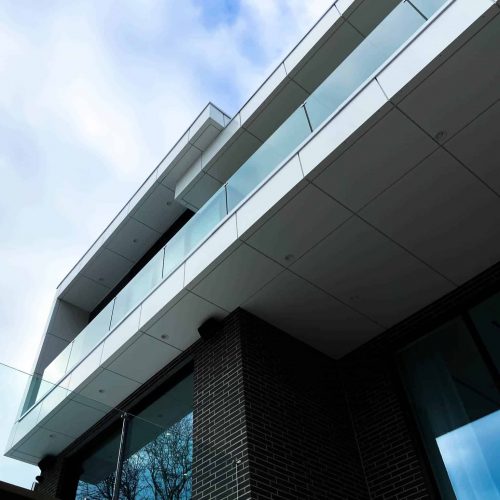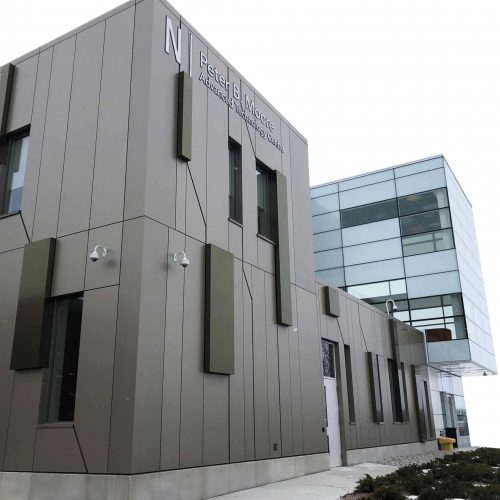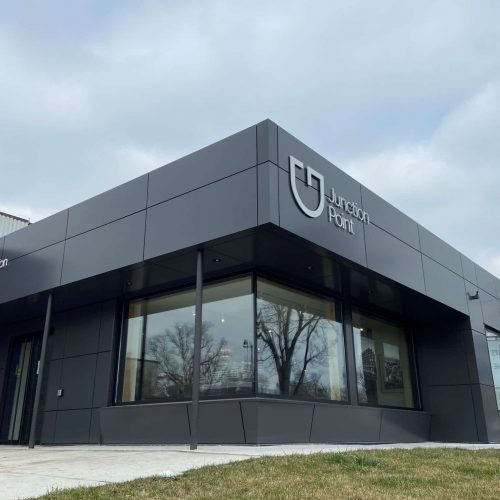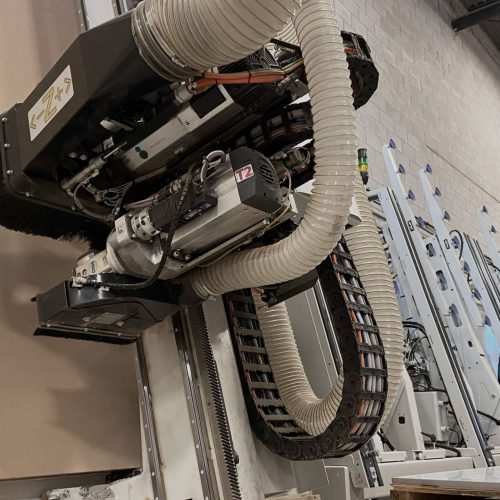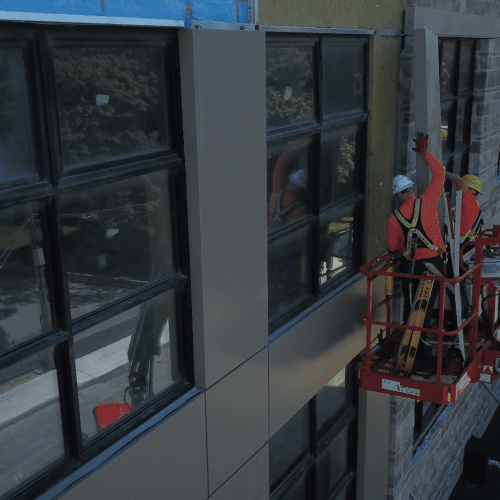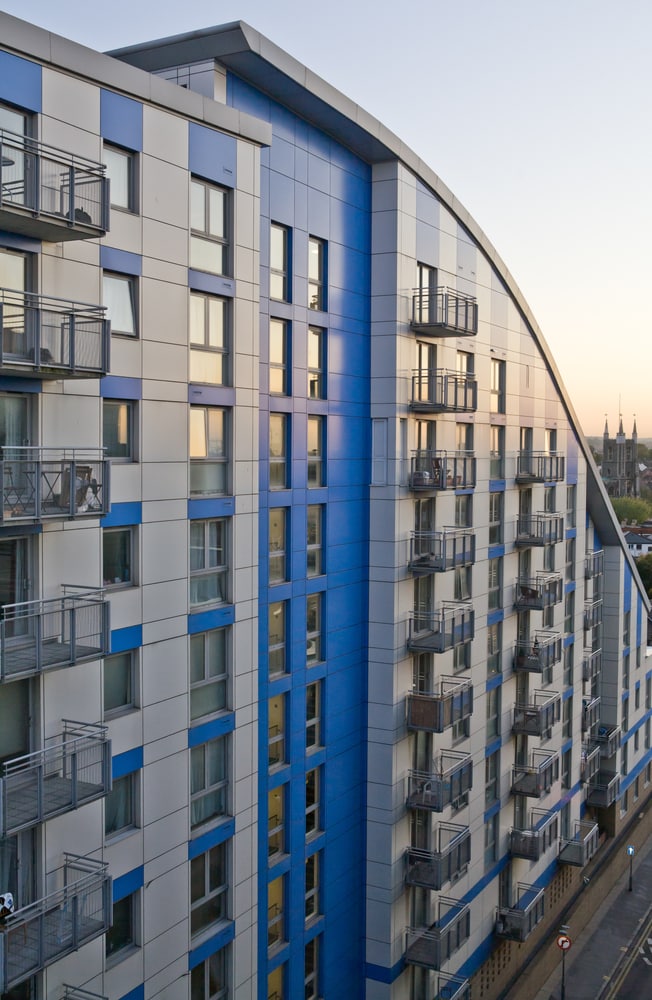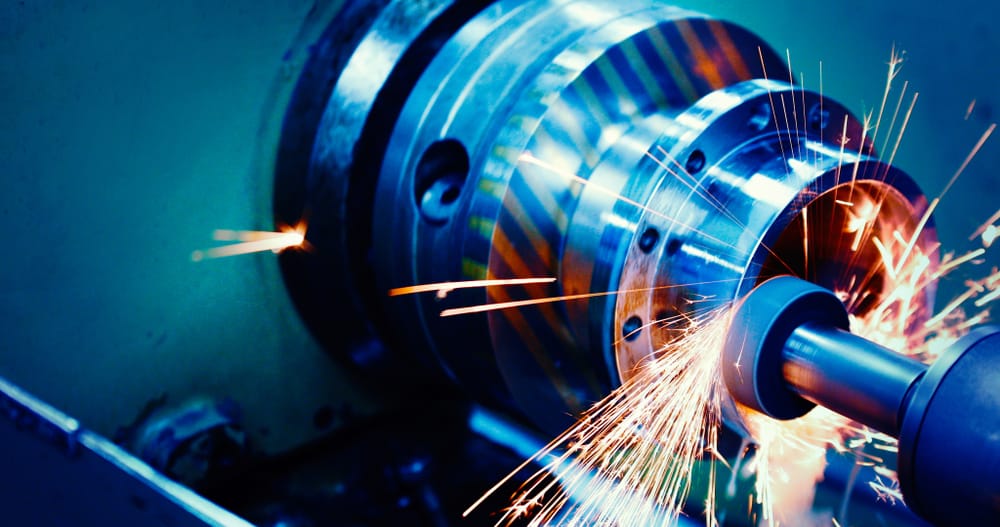For quite some time, the construction industry lagged behind in adapting to technological changes. Fortunately, today’s builders, architects, and developers understand the importance of technology and how it is able to make every aspect of a job quicker, more precise, and most importantly help deliver the highest quality. This, in turn, increases industry standards as more professionals use Virtual Reality (VR) to execute various aspects of their work. VR is a recent technological innovation the industry has adapted to assist in day-to-day operations. This blog will highlight the main benefits of VR in the world of construction.
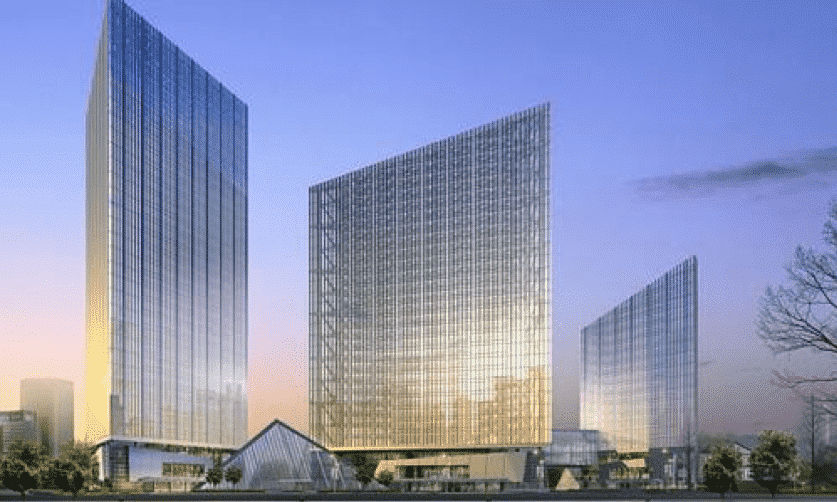
Risk Assessment and Design
The advancements in virtual, augmented, and mixed reality helps assist experts in the industry on a variety of tasks. An example of this is the technology’s ability to proactively locate areas of potential risk on sites prior to the initial start of any construction process. This results in decreased expenses. Another feature of these tools is the appealing and desirable designs provided to clients who require assistance in the selection process. Technology can help determine the ideal structural building type for any project, such as high-rise, low-rise, townhomes, strata units…etc. Additionally, VR assists engineers and architects in viewing and understanding all the core elements that are required for a specific structure. These include the electrical wiring and plumbing, which are assessed to determine the positioning, installation, and recommended systems required for such building materials. Furthermore, the varied and complex needs of each customer are met resulting in a win-win partnership between suppliers and clients. These prop-tech innovations are ameliorating building designs by providing a full 6D design, giving clients, architects, and builders an all-encompassing, and full visual of the building ahead of time. These technologies, which do require investments upfront, provide great long-term value.
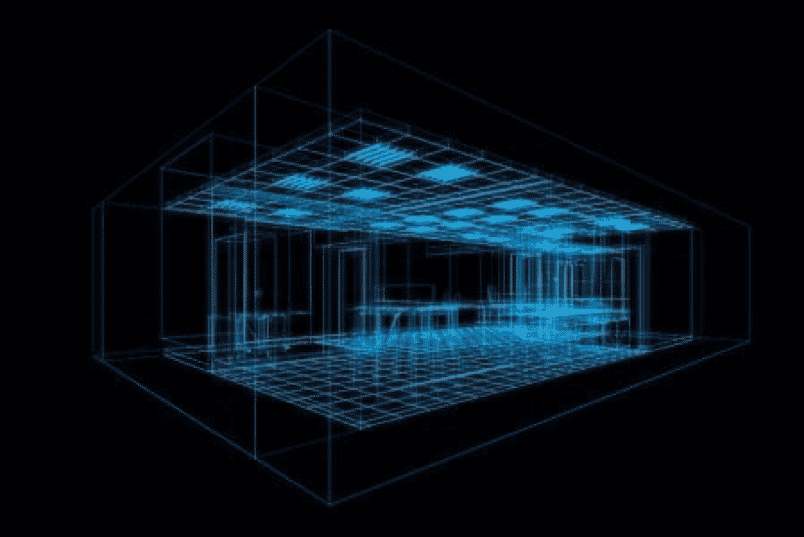
Laser Scanners
There are many tools and software that have been implemented with VR. Laser scanners are new innovations, which have been introduced to the industry. A 3D laser scanner digitally captures the shape of physical objects using a line of laser light. These cameras create visual data from the surface of buildings with an accuracy of millimeters. This assists technical innovators in the industry to capture the size of the buildings for design, renovations, and development purposes. The use of laser scanners for surveying is greatly beneficial for minimizing waste and inaccuracies in the design and fabrication process of façade materials, such as Aluminum Composite Panels (ACP)…also known as Aluminum Composite Materials (ACM). Presently, most trade professionals use tape meters to manually measure surface areas, which can create inaccuracy resulting in a higher misspend. Fortunately, the implementation of a laser scanner can speed up the design selection procedure, minimize waste, and remarkably provides measurement accuracy within the 2-4mm range.
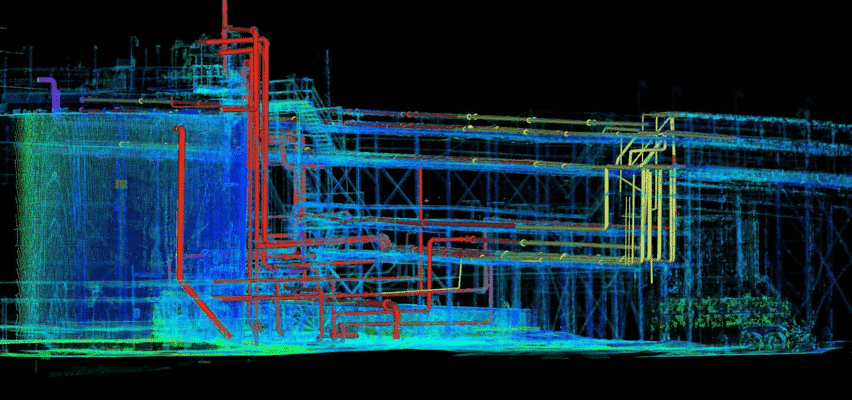
Maintenance
After the completion of a building project, VR can provide assistance to maintenance staff by helping to prepare for those unpredictable problem areas. Engineers, building managers, and maintenance supervisors have the opportunity to view the 3D models in advance. This provides workers with an opportunity to assess possible issues before the issue arises. The detection of problems in advance saves management time and money in overall operational expenses. These areas include potential leaks, and electrical complications, which are more easily avoidable and preventable, with the help of technology.

Marketing and Sales
The marketing of commercial and residential properties can be assisted with the help of virtual reality. Virtual 3D designs can be used to showcase visual aspects of a property to prospective developers, investors, and buyers. This includes the comparison of wall colours, finishing textures, numerous design elements, and specific details such as the level of natural sunlight a particular unit could receive. This will give buying prospects a real sense of home before a building, neighbourhood or any piece of real estate is constructed.
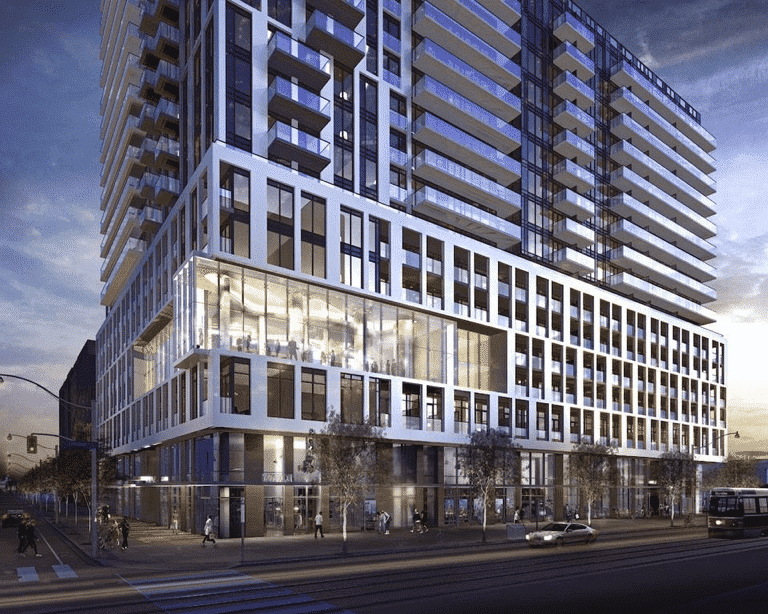
Technological Leadership in Canada
Here in Toronto, Alumax Panel Inc. has invested heavily in Research and Development. The Alumax group provides added value to customers in both the commercial and residential markets through the advanced services of scanning technologies. As the leading supplier of aluminum composite materials (ACM) in Ontario, Canada, our modern scanning technologies provide our team of construction industry professionals with the ability to effortlessly scan any type of building, home, or storefront for renovation, upgrades, or new builds. The specialists in-house then use cutting-edge software to estimate the measurement of any structure within a 1-3mm accuracy from the scan. This modernized service delivers precise fabrication in the Alumax workshop resulting in a superior final product of distinctive architectural cladding panels. This technology provides higher quality aluminum composite panels (ACP) and saves valuable time during the installation process.

